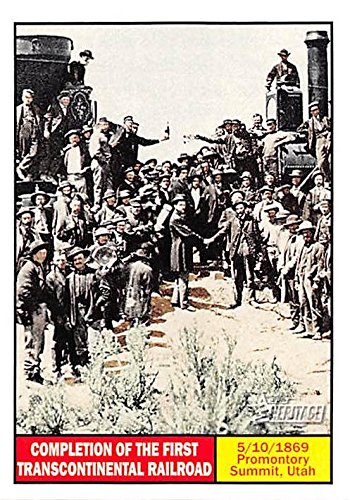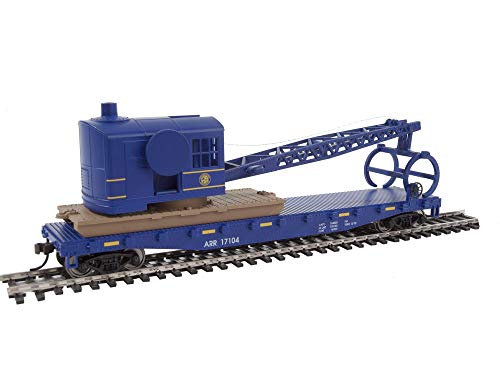This report may be overdone, but it fits the way that Soviet railways were run in Stalin's time. Accidents were attributed to sabotage, not to Precision Scheduling. Some division superintendents were shot.
https://www.msn.com/en-us/money/com...S&cvid=88236994100a4c86b7b49c4aed742793&ei=53
There was lots of redundancy built into the Russian railways, as this 2010 photo of a coach yard on the Trans-Siberian line illustrates. Double track segments were built with second bridges rather than sharing a bridge.


https://www.msn.com/en-us/money/com...S&cvid=88236994100a4c86b7b49c4aed742793&ei=53
There was lots of redundancy built into the Russian railways, as this 2010 photo of a coach yard on the Trans-Siberian line illustrates. Double track segments were built with second bridges rather than sharing a bridge.

























































